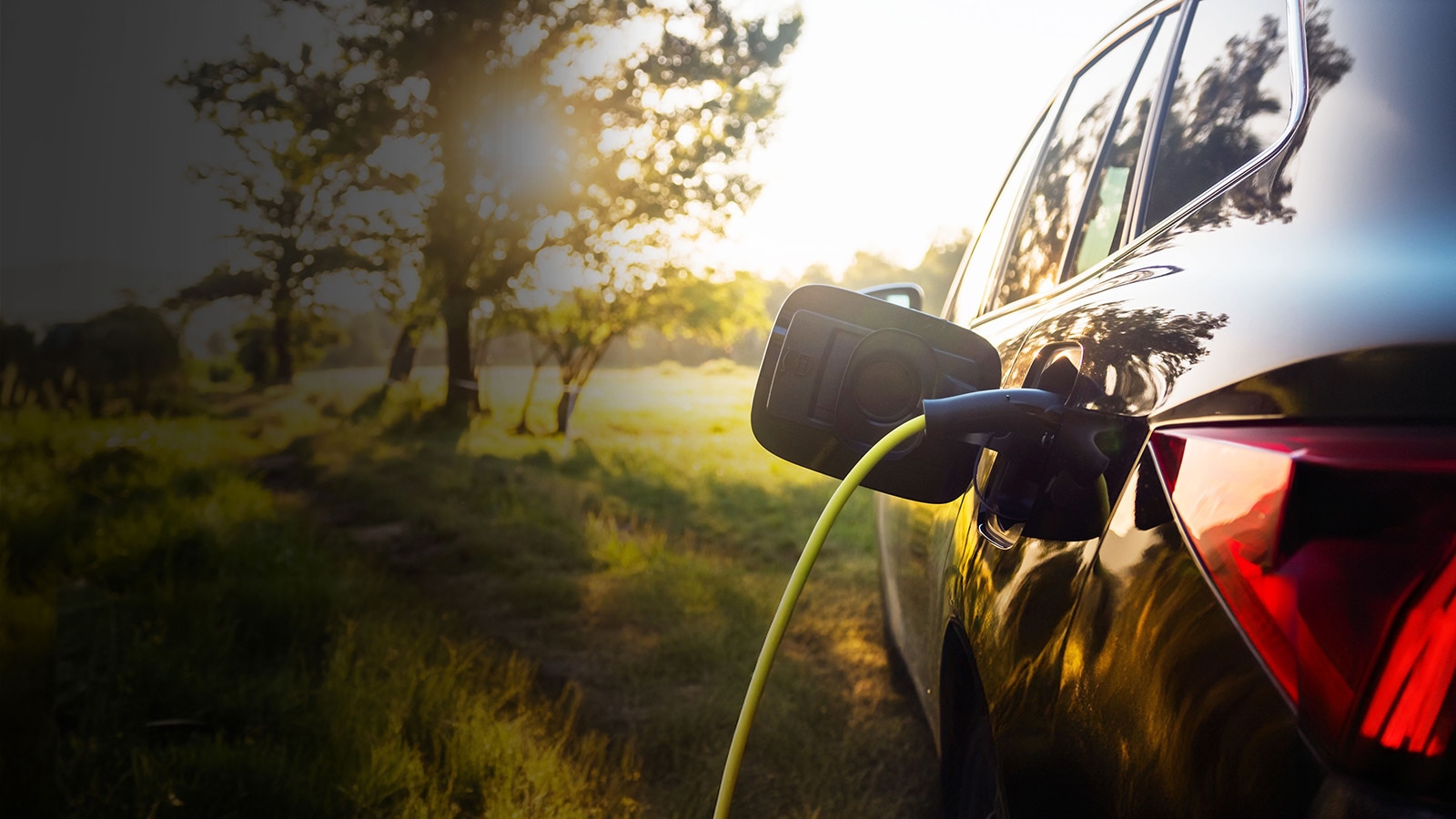{{item.title}}

The 5th edition of the eReadiness survey provides updated perspectives on the short-term development of the e-mobility business in 27 markets.
In the last twelve months, state government incentives have been reduced, with most rebate programs for the purchase of new eligible EVs closed. This is reflected in the 1.3-point drop in Australia’s Government Incentives score on the eReadiness Index.
While supporting exemptions such as stamp duty and registration discounts are still in place across some states, as well as access to no-interest loans for home charging equipment, Western Australia remains the only state to provide a rebate ($3,500) to purchase new eligible EVs. It has extended the program until May 2025 as part of the 2024–2025 state budget.
Nationally, however, the Federal Government continues to offer a number of incentives to reduce the cost of EVs including Fringe Benefit Tax exemptions, a higher luxury car tax threshold ($91,387 (2024-25)) and customs duty removal for eligible vehicles.
Perhaps, more importantly, is the first-mover uncertainty we’re seeing from key players along the value chain. Yes, ‘range anxiety’ and questions around availability of public infrastructure are giving prospective buyers pause. But there are additional, compounding factors, such as:
The large capital outlays, together with the perceived risk, drives cost up for the end consumer. Despite this, there’s no doubt that opportunities for value lie ahead for all parties.
Success will depend on how well companies and societies address these challenges. The country can accelerate toward a decarbonised transport sector and reap rewards.
Australia is currently in the spotlight. With the majority of the western world adding prohibitive tariffs to Chinese EV imports, Australia is the focus of not only Original Equipment Manufacturers (OEMs) as they test their brand appeal and technology on western buyers, but also by tariff-enforcing countries. They are watching closely to see the influence on buying patterns of similar-minded buyers.
This is our chance to take a leap ahead of those countries while also helping to solve our energy transition challenges.
If you would like a full debrief on the results for Australia, contact Jon Chadwick, Lachy Haynes and Jacinta Clifford.
Download the PwC 2024 eReadiness Global Study
Jon Chadwick
Partner, Energy Transition, PwC Australia
Lachy Haynes
Partner, Advisory, Energy Utilities & Resources, Melbourne, PwC Australia
Jacinta Clifford
Director, Advisory, PwC Australia

